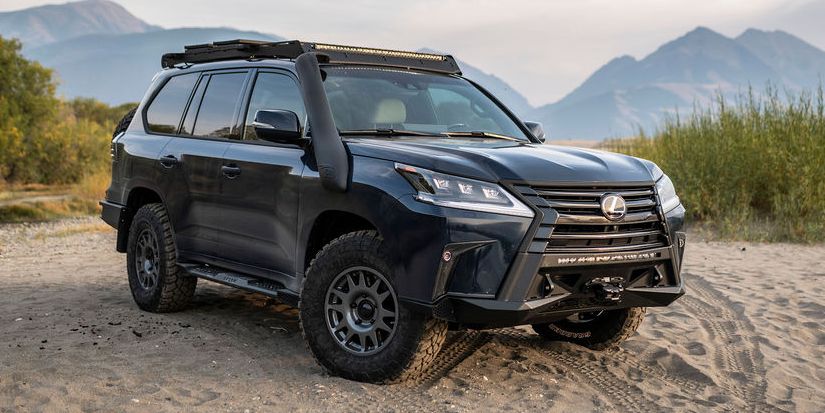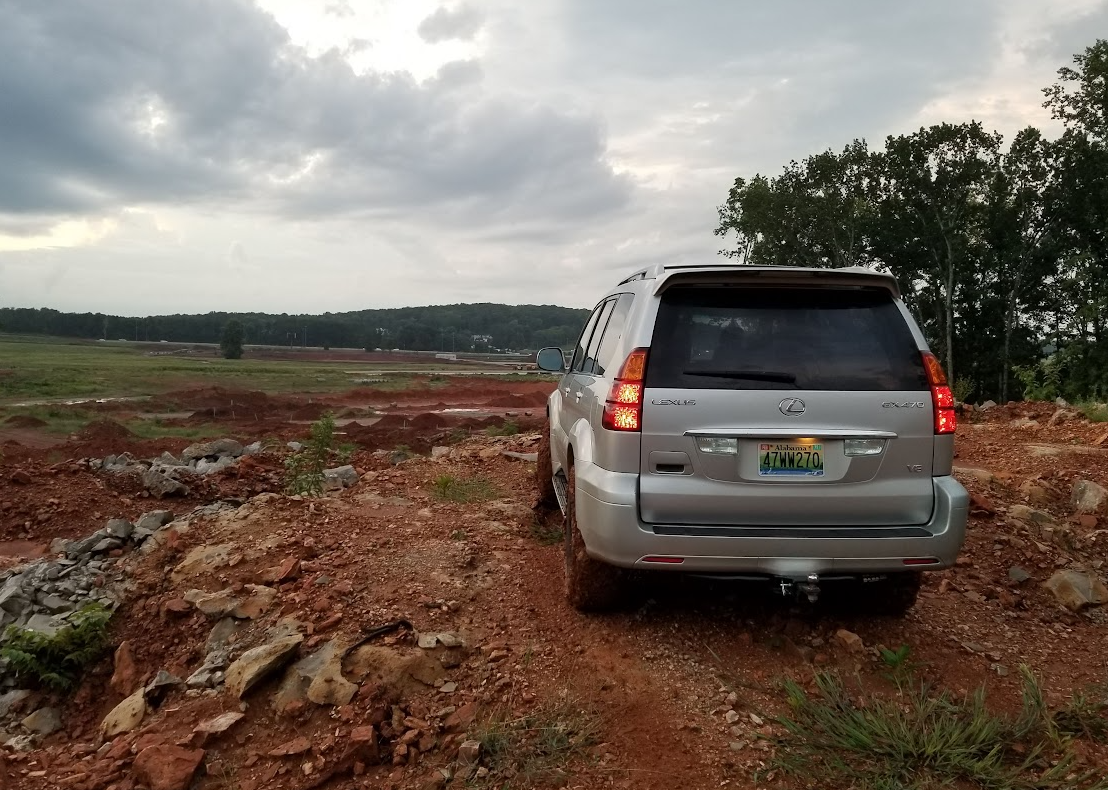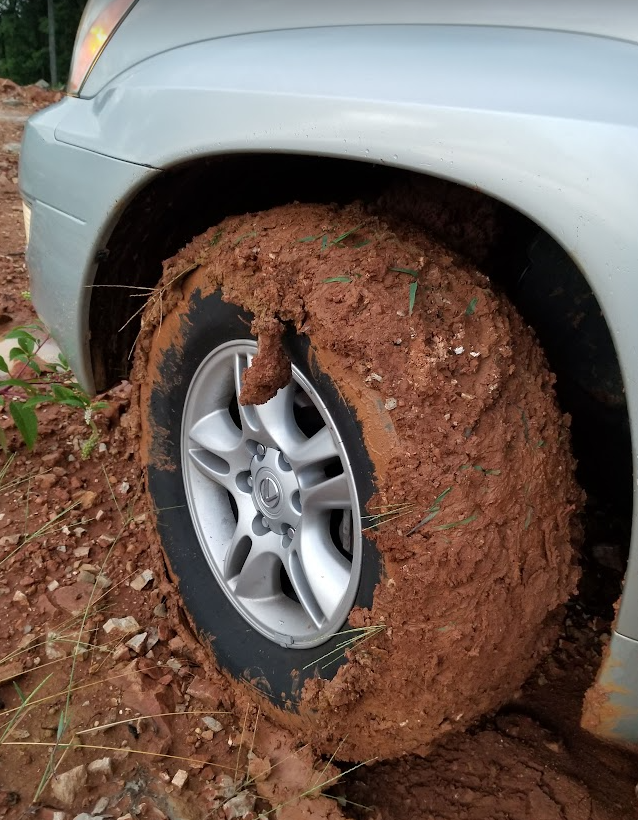My Introduction to the Overland Community
May 11, 2023
First and foremost, I think it is important to understand the differences between "off-roading" and "overlanding."
- The objective of off-roading is tackling the most extreme terrain possible. The common result of a true off-road build is the absolute most capable vehicles with little-to-no regard for creature comforts and using the vehicle day-to-day
- The objective of overlanding is a balance of off-road capability with overall reliability. The common result of an overland build is a vehicle capable of being used for daily use, but is capable of going most places reliably and more comfortably than a true off-roader would.
For me personally, the concept of an overland build is more appealing because reliability and capability are emphasized as much as daily usability. In most circumstances, a true vehicle built for dedicated off-road use is a poor daily driver and does not serve many purposes outside of off-roading. For example, a vehicle with a 6" lift and 40" tires will not be able to tow, achieve "decent" gas mileage (think ~8 MPG or less), or serve as an overall good daily driver, while a vehicle on 33" tires and a 2-3" lift can still tow, achieve near stock MPG, and can serve as a good daily driver.
Please note that neither Dodge nor Ford consulted me when designing their most off-road capable trucks (namely RAM TRX and Raptor R) and that these 2 examples serve as exceptions to the rule of good daily and off-roader; they are great at both... If you don't believe me, read the Motor Trend article here. Images below for context:
In 2016, I started my search for my Perfect 4Runner, but due to the high cost of my ideal 4Runner I settled for the 2016 Ford Focus 1.0L Ecoboost (was in college and needed an inexpensive vehicle). I kept a lookout for a few years for that ideal 4Runner, but the prices were consistently too high. Then in early 2018, I found through my research that the Lexus GX470 was essentially was my ideal 4Runner but in luxury skin.
For those unfamiliar with the Lexus GX470, it was built on Toyota's international Land Cruiser Prado 120 chassis (the same as the 4Runner) and came standard with the 4.7L 2UZ-FE (million-mile) engine, 5-speed automatic transmission, and four-wheel drive. At that time in early 2018, the GX community (including GXOR) was under 1,000 people and had very little aftermarket support. I decided to join the community by finding (super easy at the time) a 2004 Lexus GX470 with 124,000 miles for $6,000 in Atlanta. It was not cosmetically perfect, but it was mechanically sound (including the timing belt/water pump service completed at 120,000 miles).
I was actually living in Huntsville, AL at the time, so I had to drive tow the Miata back. Like everyone always says, the GX took it without a struggle in the world.
Almost immediately I started "trying" to go off-road, before I soon realized my biggest limitation: poor tires. The first thing any enthusiast (or aspiring enthusiast) should ever do is install good tires; this is why:
When I returned home from that attempted off-road run, I started doing my research and identified the ideal build. Over the next 3 years of ownership I worked to build the perfect GX. In my next post, I'll break-down everything that went into that build.











Comments
Post a Comment